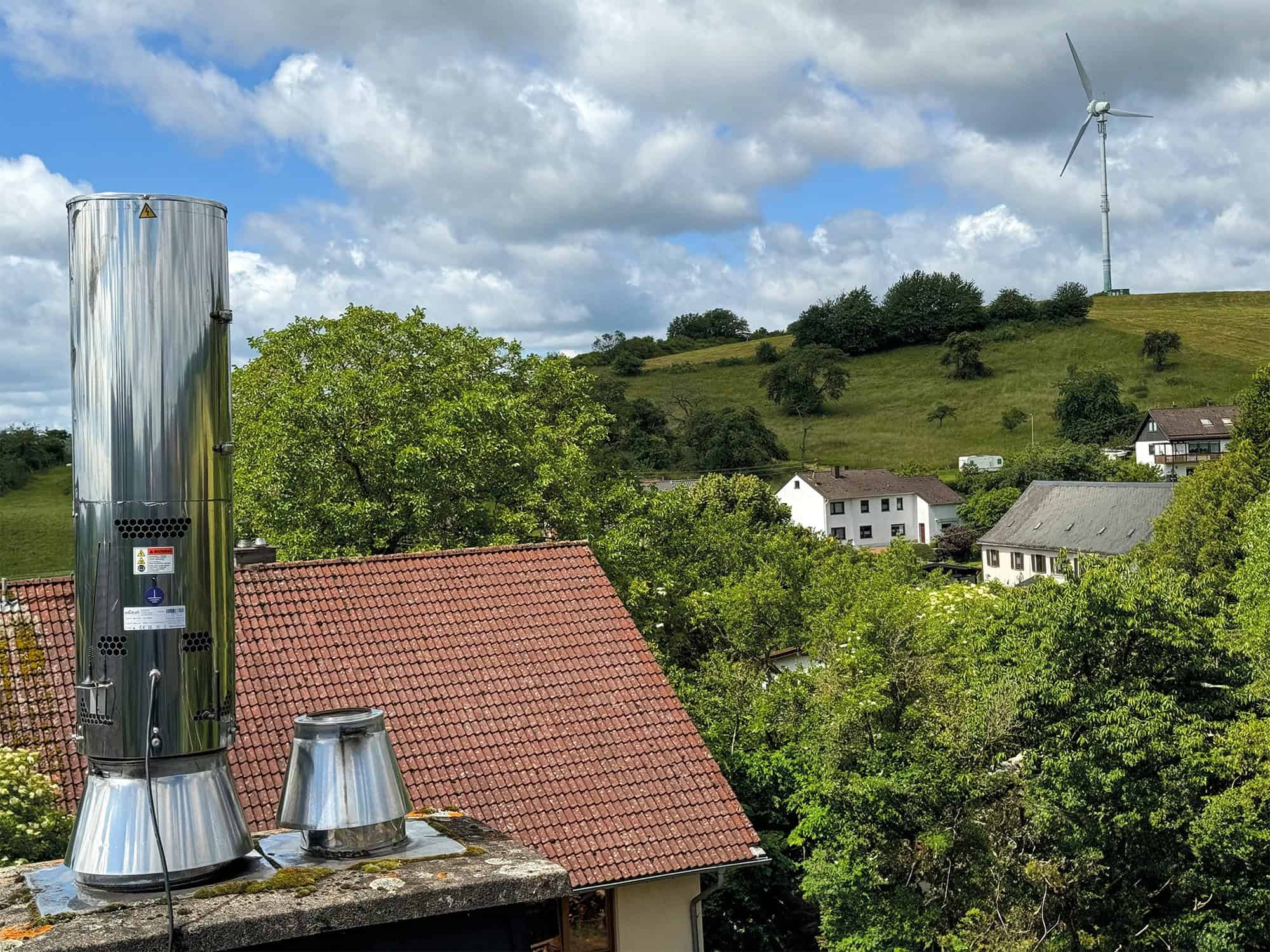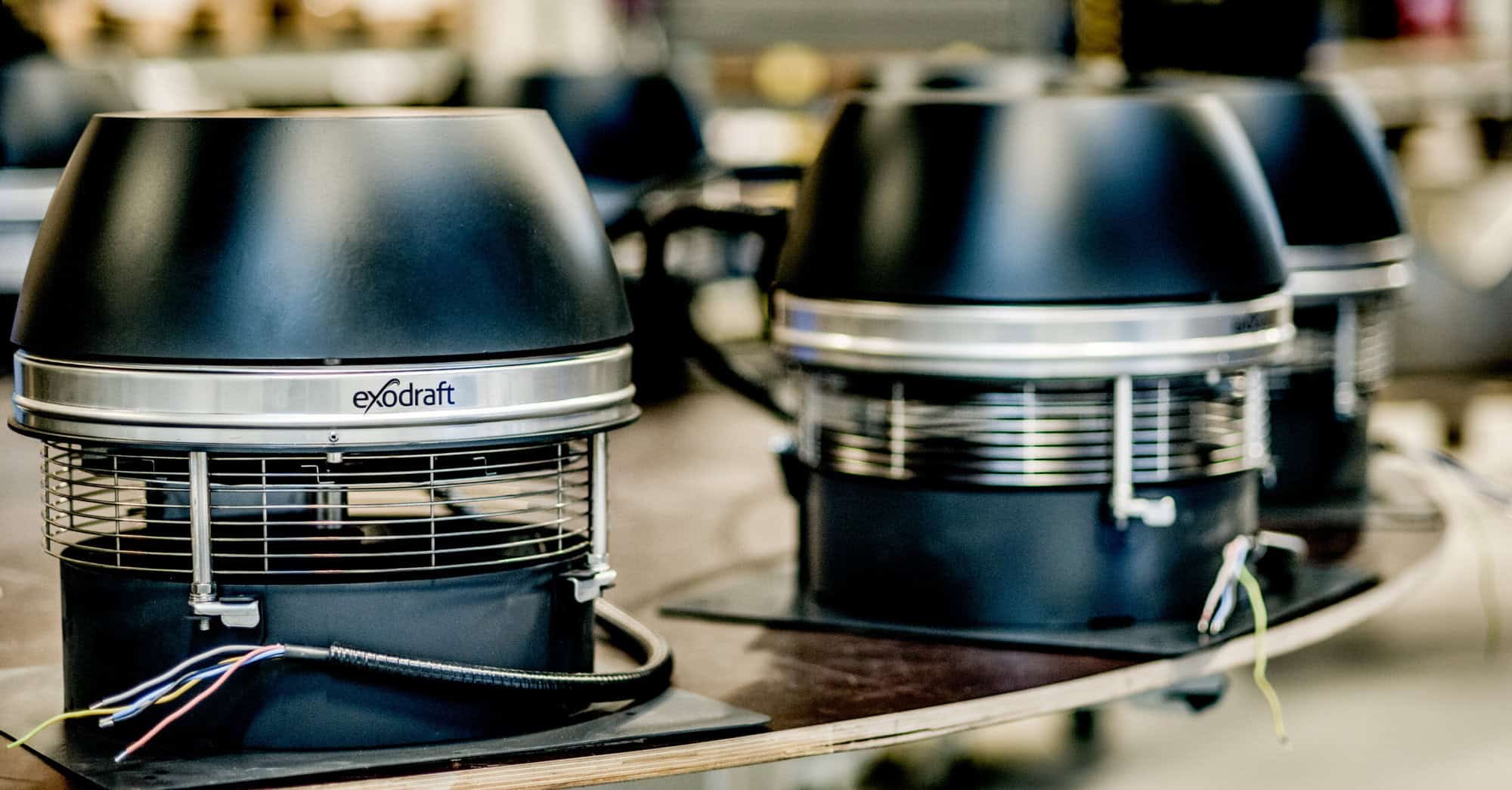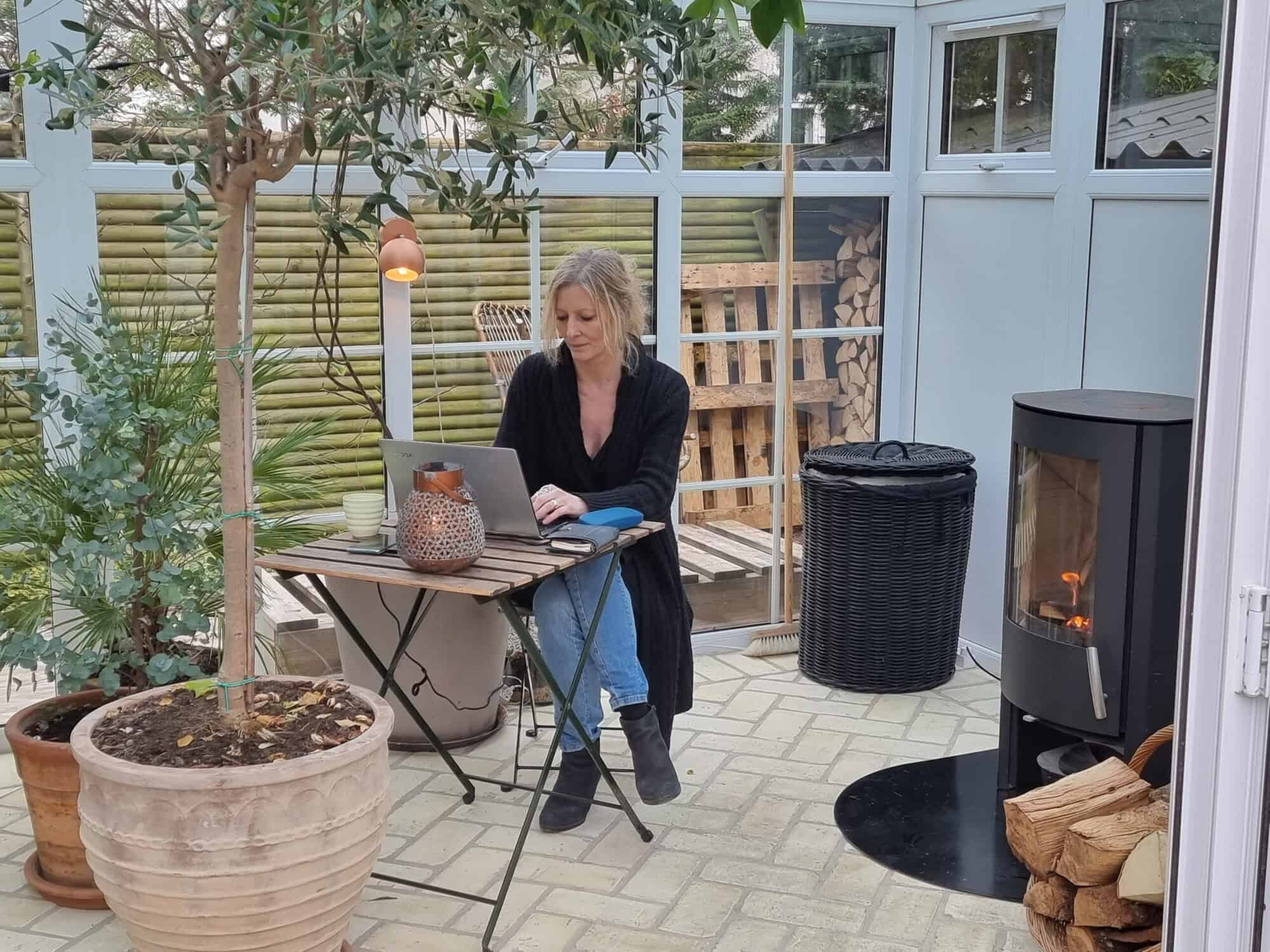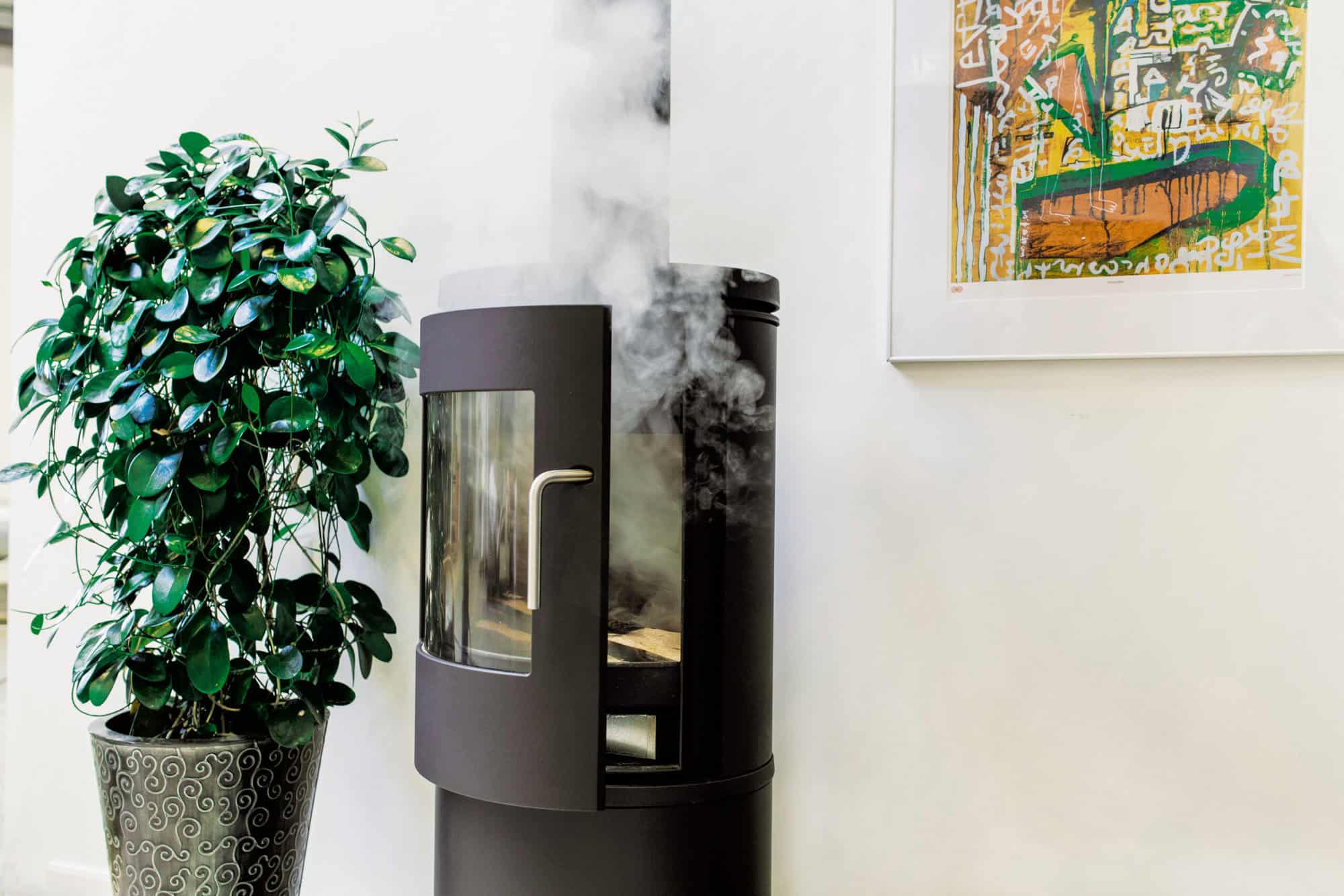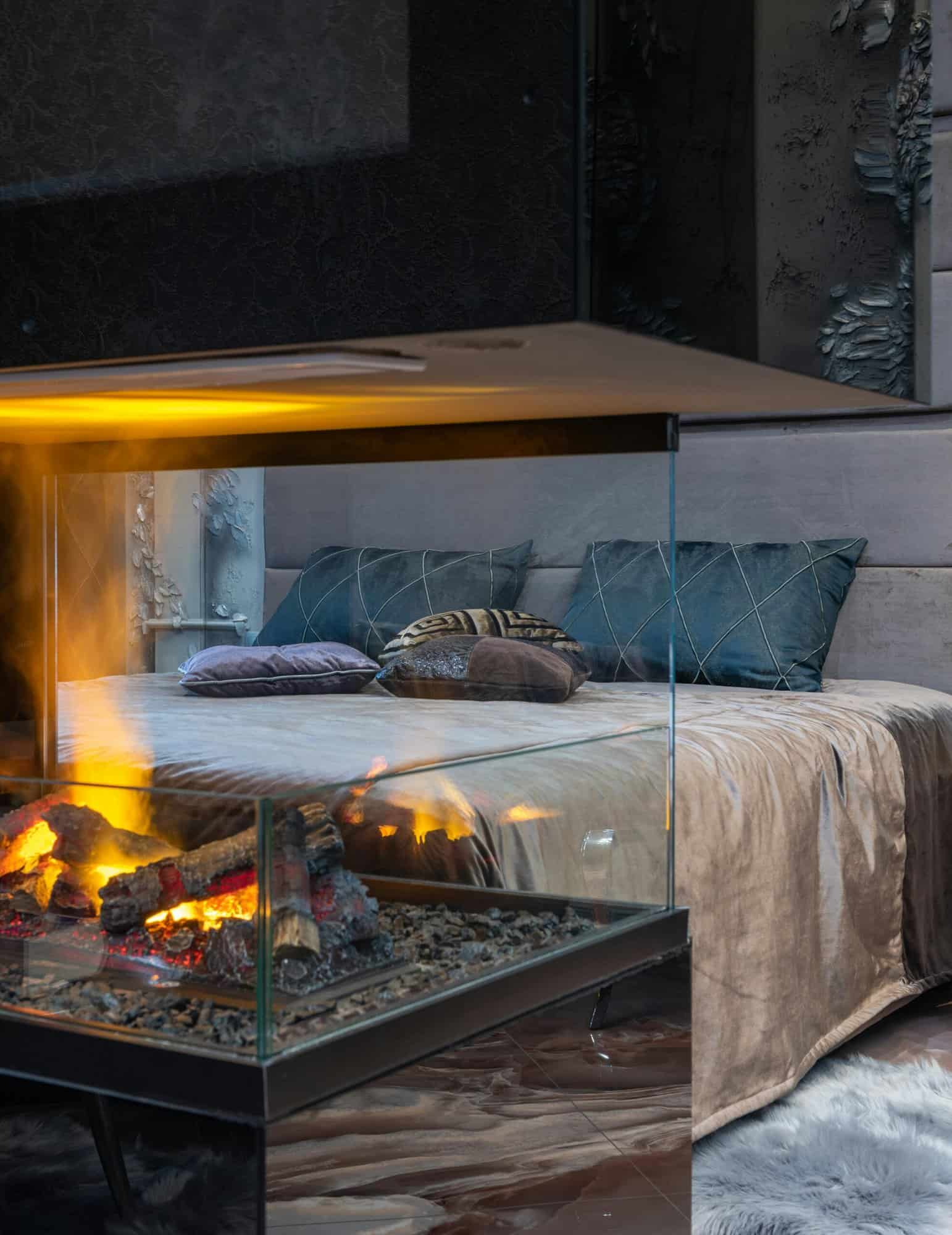Article
26. juni 2025 · 6 min
Are Log Burners Bad for You?
Worried about indoor air pollution from your log burner? Discover how chimney fans, particle filters, and smart burning practices can reduce health risks and keep your home safe and warm.

Log burners have long been a preferred heating source, offering warmth, efficiency, and a cosy atmosphere. However, growing concerns about air pollution and health risks have sparked debate about their impact on indoor air quality. Critics highlight emissions of fine particles and carbon monoxide, while others argue that modern technology significantly reduces these risks.
So, are log burners bad for your health? The answer depends largely on how they are used, maintained, and ventilated. When equipped with proper emission control solutions, such as a chimney fan and a particle filter, and used with good ventilation and responsible burning practices, log burners can remain a safe and efficient heating choice.
What Are the Health Risks of Log Burners?
While wood is a natural fuel source, burning it releases smoke and gases that can affect indoor air quality and human health. The two primary concerns are fine particle pollution and carbon monoxide exposure.
Fine particles, also known as PM2.5 and ultrafine PM0.1, are microscopic pollutants that can travel deep into the lungs and even enter the bloodstream. Long-term exposure has been linked to respiratory conditions such as asthma and bronchitis, as well as cardiovascular issues. Homes with poor ventilation or inefficient combustion may have higher concentrations of these particles, increasing the risk of health complications.
Another potential risk comes from carbon monoxide (CO), a colourless and odourless gas produced when wood does not burn completely. In small amounts, CO exposure can cause headaches, dizziness, and fatigue. In severe cases, prolonged exposure can be life-threatening. Weak chimney draft, poorly sealed flue connections, or a lack of oxygen in the stove can lead to higher levels of CO inside the home, making it crucial to have proper ventilation and smoke evacuation.
While concerns about emissions are valid, modern solutions can drastically reduce these risks, allowing homeowners to enjoy their log burner safely.
How Can Log Burner Emissions Be Reduced?
Despite the natural emissions from wood burning, modern technology now makes it possible to significantly lower particle pollution and improve air quality. One of the most effective ways to reduce emissions is by ensuring a strong and consistent chimney draft. A chimney fan optimises airflow, preventing smoke from lingering in the stove or escaping into the home. By stabilising the draft, a chimney fan ensures that combustion gases and fine particles are properly vented outside, reducing indoor pollution and improving overall air quality.
Another critical upgrade is the installation of a particle filter, which reduces 95% of fine and ultrafine particles before they are released from the chimney. This drastically lowers the amount of air pollution, both inside and outside the home. A particle filter ensures that even in urban areas with stricter environmental regulations, wood stoves can continue to be used in a cleaner and more responsible manner.
Beyond ventilation and filtration, the type of wood burned plays a significant role in emission levels. Burning dry, seasoned hardwood results in cleaner combustion with fewer emissions, while wet or unseasoned wood produces excess smoke and leads to creosote buildup inside the chimney. By selecting high-quality fuel and using efficient burning techniques, homeowners can further reduce the impact of their stove on air quality.

Best Practices for a Safer and Cleaner Wood-Burning Experience
In addition to using a chimney fan and a particle filter, there are practical steps homeowners can take to ensure safe and efficient wood burning. Proper ventilation is key to preventing negative pressure, which can pull smoke and gases back into the home instead of allowing them to escape through the chimney. Keeping a nearby air vent open, avoiding excessive use of extractor fans while the stove is in operation, and considering an external air supply can all help maintain the right airflow balance.
Routine stove and chimney maintenance also plays a crucial role in preventing smoke leaks and optimising performance. Regular chimney sweeping removes soot and creosote buildup, reducing the risk of blockages that could weaken the draft. Checking stove door seals and flue connections for leaks ensures that emissions are safely directed outside. A well-maintained stove operates more efficiently, burns cleaner, and requires less fuel to generate heat.
Another important safety measure is installing a carbon monoxide alarm. Even with proper ventilation, it is essential to have a reliable CO detector near the stove and in key living areas to alert homeowners if CO levels become unsafe. This simple yet effective device provides an extra layer of protection, ensuring peace of mind when using a log burner.
By combining modern emission control technology, proper ventilation, responsible burning practices, and regular maintenance, homeowners can significantly reduce the health risks associated with wood stoves.
Are Log Burners Still a Viable Heating Option?
While log burners can impact air quality, they remain a safe and efficient heating option when used responsibly and with modern emission control solutions. The key to minimising health risks lies in optimising chimney draft, filtering emissions, and using high-quality fuel.
By installing a chimney fan, homeowners can ensure a strong and stable draft, preventing smoke leaks and maintaining efficient combustion. A particle filter further reduces 95% of harmful fine and ultrafine particles, significantly improving air quality both indoors and outdoors. Combined with dry, seasoned hardwood, proper ventilation, and regular maintenance, these solutions allow wood-burning stoves to operate cleanly and safely.
With the right upgrades and best practices, wood stoves remain a sustainable and practical heating choice. Exodraft’s advanced chimney fans and particle filters make it easier than ever to control emissions and create a cleaner, healthier home environment, allowing homeowners to enjoy the warmth of a log burner without compromising air quality.
Find out more about your options
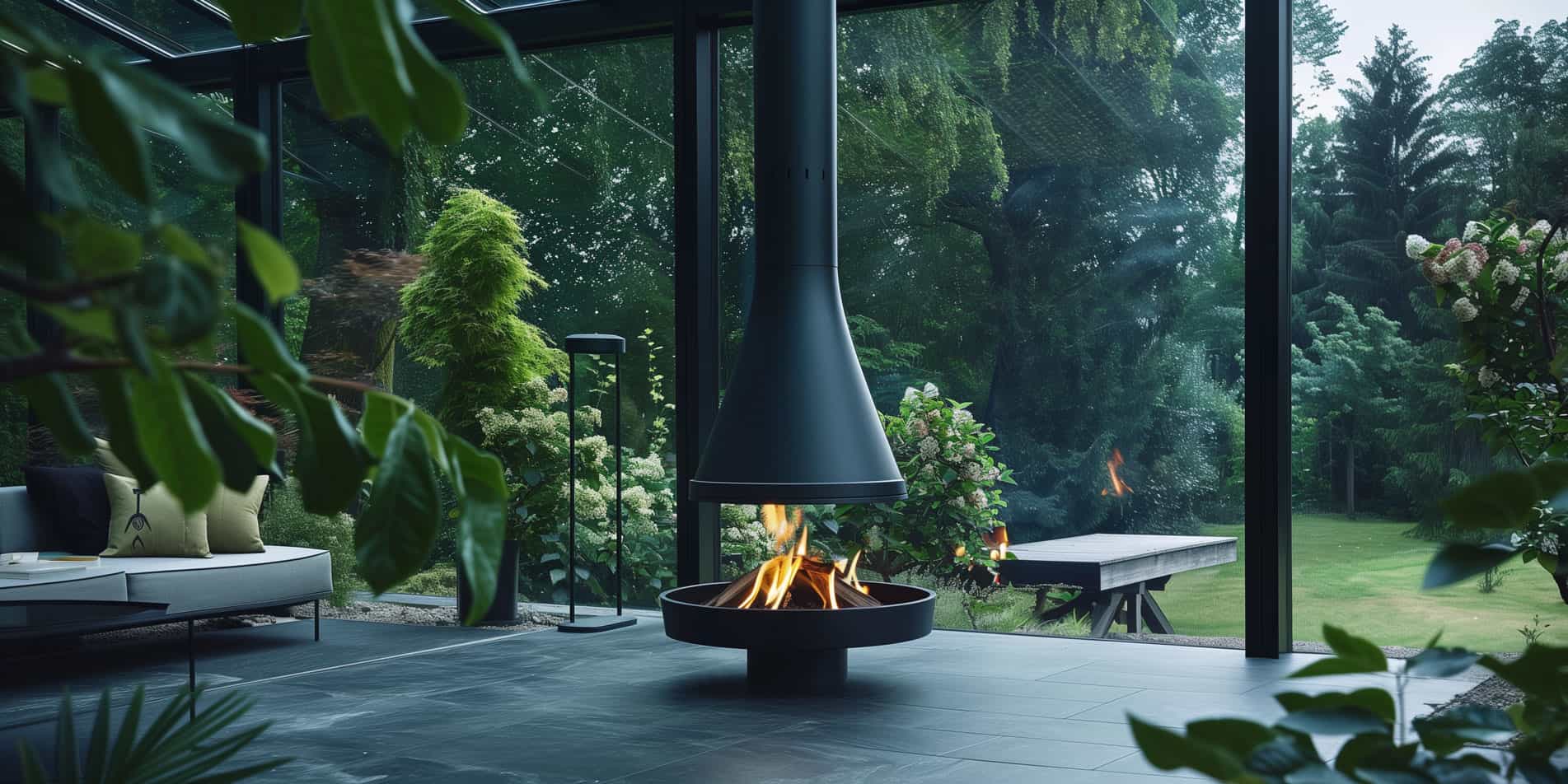
exodraft

